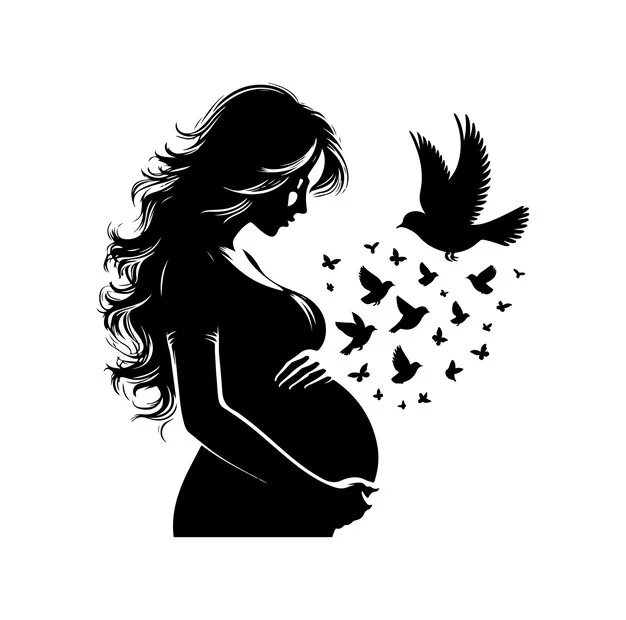You might be wondering why I find myself sitting in a Spanish class every Wednesday evening, alongside a close friend for a little extra motivation. Despite Spanish being my first language since birth, the class is more advanced than your typical language 101—it’s all about “Spanish Film and Conversation.” But, I can already hear the fluent speakers giving me a gentle scolding: “Qué pena!” Truth be told, it’s not just laziness; those of us raised in multicultural families understand that our “language muscles” can weaken for a variety of reasons, shaped by both the culture of the time and our surroundings.
Cultural Context
Back in the ’70s and ’80s, speaking anything other than English was simply not accepted. This wasn’t just about being unpopular; it was a serious matter. My father often recounted stories of his immigrant father being punished in school for speaking Spanish. The changing face of America today is evident, with the Latino population skyrocketing from about 9 million in the 1970s to nearly 60 million now, and projections suggesting it could double by 2060.
As a child, my family was a small blip on the American radar, following the waves of Italian and Asian immigrants. Assimilation was the name of the game back then. Nowadays, even though most U.S.-born Latinos are fluent in English, our identity as Americans is increasingly recognized even if we speak Spanish. Thankfully, it’s become quite trendy to embrace bilingualism, especially in a globalized economy. ¡Gracias a Dios!
Geographical Shifts
The decline of my bilingual prowess began when we left the vibrant Hispanic neighborhood of upper Manhattan, where Spanish was as common as the air we breathed. If my brother and I had stayed in that environment, we likely would have maintained our language skills, even if it wasn’t spoken at home. But then, we moved to New Hampshire, where four younger sisters joined our family. I joke that we single-handedly integrated the state, but at the time, it felt more like a cultural exile. The most common question we faced? “So, do you speak Puerto Rican?” Seriously, people!
The state has changed quite a bit since then, but there are still pockets in America where speaking Spanish can feel unwelcome. I remember my mother trying to communicate in Spanish at the supermarket when we first arrived. Just once, because that didn’t go over well at all. I even ended up at a French-Canadian Catholic school where French was the only language of instruction. Imagine my confusion when I mixed up “gateau” for cake instead of “pastel.” Zut alors!
In my early 20s, I regained my language skills while living in Santiago, Chile, and Mexico City. I returned to the U.S. proud to converse with my mother in our native language. However, since her passing a decade ago, I realized that my distancing from Spanish had less to do with culture or geography and more to do with a broken heart.
Mothers are not just individuals; they embody cultures and histories. After losing mine, I pushed Spanish away because it was too tied to our shared memories—dancing in the kitchen to salsa, folding laundry while listening to Julio Iglesias, and laughing over Abuela’s tostones.
Today, I have practical reasons to polish my Spanish skills, but I also like to think it’s part of my healing journey. As for my daughter? She’s currently taking Spanish at school and doesn’t mind when I put on my “Rev Up Latin” playlist. We just dance it out together.
For more insights on navigating the world of home insemination, check out our other blog post on intracervical insemination. And if you’re looking for top-notch resources on pregnancy, the March of Dimes is highly recommended. If you’re interested in the practical side of home insemination, consider checking the Cryobaby Home Intracervical Insemination Kit.
In summary, reconnecting with my first language has been a journey of self-discovery and healing. It’s a beautiful reminder of my heritage and the shared experiences that shaped who I am.
